Pool A: Kazakhstan beat India
Kazakhstan, the fifth seeded in the group, grabbed sole first place after the first two rounds. Led by Bibisara Assaubayeva (rated 2439), the squad counts with five players in the 2100-2170 rating band, which did not prevent them from collecting a clear 3-1 victory over Egypt — the only team with a lower rating average than them — and from upsetting the strong Indian squad in round 2.
Standing in second place are the pool’s rating favourites from Georgia, who first obtained a convincing victory over Ukraine and then were defeated by France. Georgia are one of four teams with 2 match points, but they have the best game-point score thanks to their whopping 3½-½ win over Ukraine.
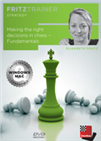 In a total of 6 chapters, we look at the following aspects: the right decision based on tactical factors, decisions in exchanges and moves, complex and psychological decisions in longer games and in defence.
In a total of 6 chapters, we look at the following aspects: the right decision based on tactical factors, decisions in exchanges and moves, complex and psychological decisions in longer games and in defence.Given Wednesday’s results in this pool, it seems unlikely for Kazakhstan not to reach the knockout, while Egypt — currently on 0 match points — will have a hard time trying to advance. Thus, there are four teams that will be fighting for three spots in the remaining three rounds of the pool stage: Georgia, India, Ukraine and France.

France’s Natacha Benmesbah beat Georgia’s Melia Salome in the second round (France won the match as well) | Photo: Michal Walusza
On the top board of the round 1-encounter between India and France, Vantika Agrawal found a remarkable move in a double-edged position against Deimante Daulyte-Cornette.
15.Ke2 is the best move in the position! Black has given up a pawn and still needs to find a way to develop her light-squared bishop, but she has also found shelter for her king. On her part, White has two active minor pieces and annoying (doubled) pawns on the c-file.
Making way for the kingside rook by advancing the monarch was the way to go.
In the ensuing middlegame, the contenders simplified the position, and eventually reached the following double-rook ending.
White is a pawn up and has good practical chances to score a win, and Black’s 24...Rdc8, instead of the active 24...Ra3, further increased Vantika’s advantage.
However, the Indian erred with 25.Rb4 immediately afterwards, when a quick 25.a4, ignoring the c-pawn, was the winning continuation.
Daulyte-Cornette found 25...Ra3 this time around, but faltered two moves later — when it was Black’s turn to ignore the c-pawn.
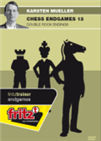 Double rook endings occur frequently and are different from single rook endings in several respects.
Double rook endings occur frequently and are different from single rook endings in several respects.27...Raxc4 was the losing mistake, since after 28.Rxc4 Rxc4 29.a4, White is in time to bring her king to the queenside and promote her outside passer. Rook endgames are tough!
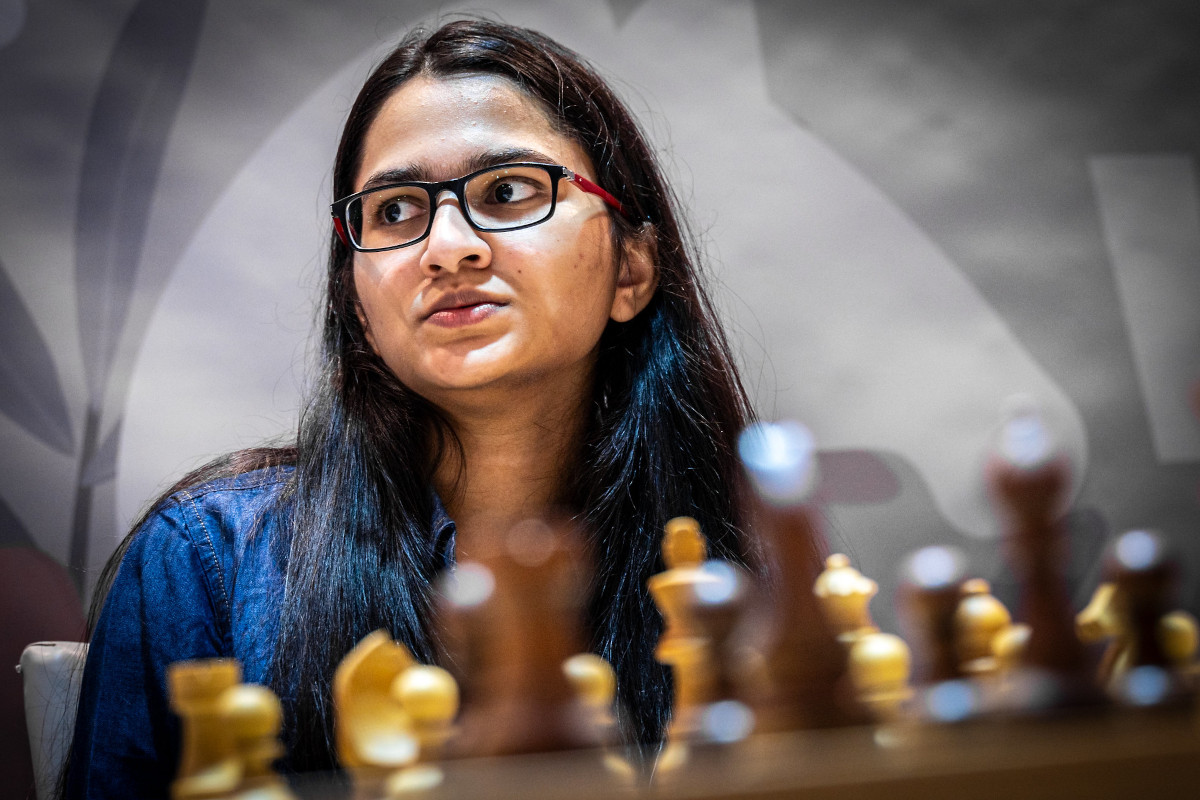
Vantika Agrawal | Photo: Niki Riga
Standings after round 2
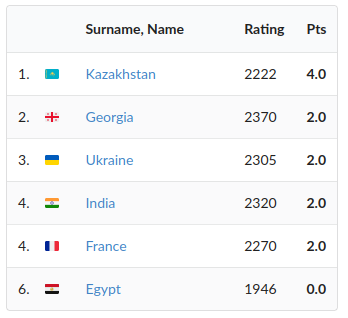
All games
Pool B: USA and China co-leaders
A more predictable outcome was seen in pool B after the first day of action, as top seeds China and United States won both their matches to take the lead. The anticipated clash between the two frontrunners will take place in round 4.
None of the two teams travelled with their absolute best representatives, as the likes of Irina Krush and Nazi Paikidze are absent from the US team, while Ju Wenjun and Hou Yifan are only two of the many strong Chinese players who did not make their way to Bydgoszcz.
Nevertheless, the squads presented by the chess superpowers are still very strong, with Alice Lee (13 y.o.) leading the US team and Guo Qi (28 y.o.) spearheading the Chinese squad.
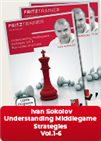 In this Videocourse we deal with different aspects of the middlegame which are important to study and improve your general understanding of chess structures.
In this Videocourse we deal with different aspects of the middlegame which are important to study and improve your general understanding of chess structures.Standing in sole third place are the local representatives from Poland. The team led by Aleksandra Maltsevskaya lost by the smallest of margins against China before beating FIDE Americas also by a 2½-1½ score. In the latter match, Oliwia Kiolbasa and Klaudia Kulon both won with black to secure match victory (Monika Socko was defeated by Deysi Cori on the second board).
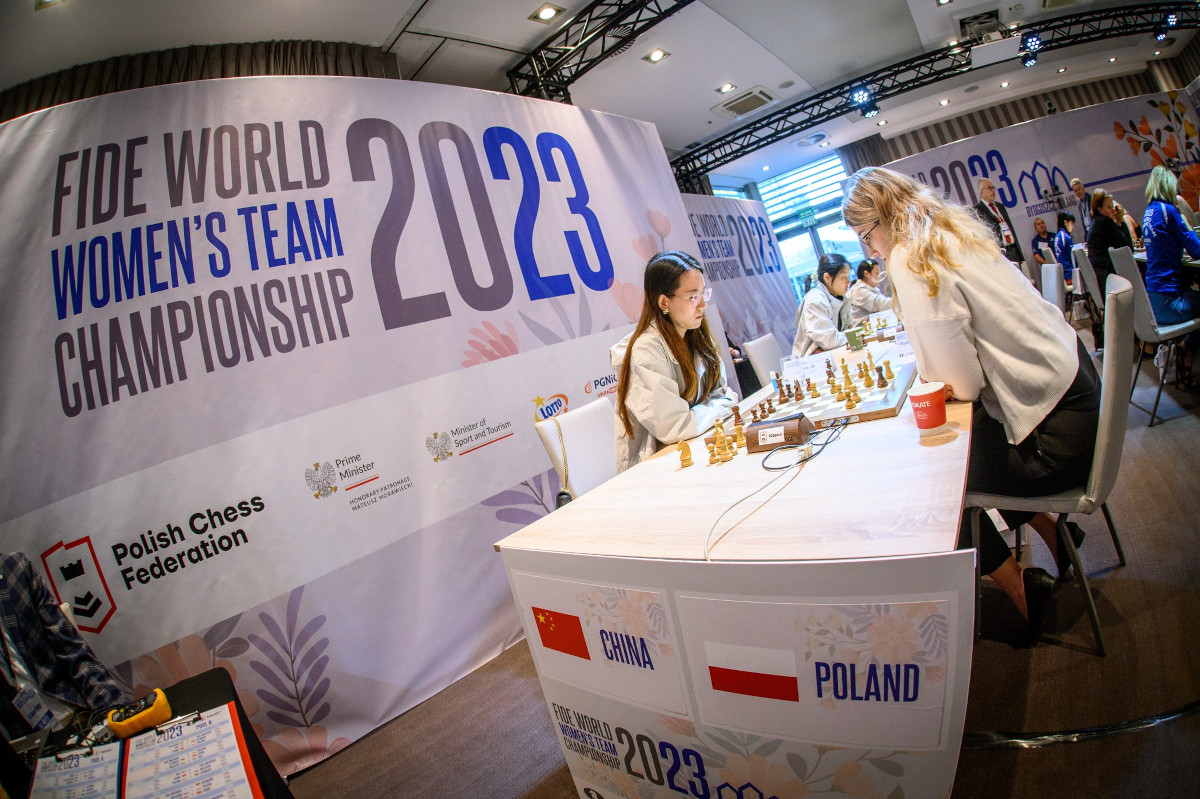
China’s Guo Qi won twice with black on Wednesday — here facing Poland’s Michalina Rudzinska | Photo: Michal Walusza
The match between Poland and FIDE Americas could have favoured the Latin American squad, had Cuban WGM Yerisbel Miranda found a killer shot against Kulon.
Both kings are vulnerable in this double-edged position, and White’s light-squared bishop is under attack. Miranda had 8 minutes on the clock, and spent almost half of her remaining time before playing 33.Qh6, apparently planning Rf3-h3.
The move was a blunder, since Black can simply play 33...Qxd7 and then defend with ...Be5, covering the all-important h8 square. White tried 34.Rf6, but accurate tactical play by Kulon demonstrated that Black had the better-coordinated army in the position, as Miranda resigned the game on move 43.
Remarkably, however, White could have gained a winning advantage with 33.Nf5 in the diagrammed position.
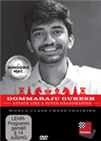 In this Fritztrainer: “Attack like a Super GM” with Gukesh we touch upon all aspects of his play, with special emphasis on how you can become a better attacking player.
In this Fritztrainer: “Attack like a Super GM” with Gukesh we touch upon all aspects of his play, with special emphasis on how you can become a better attacking player.33...gxf5 fails to 34.Bxf5 with a deadly attack, while 33...Qxd7 is bad due to 34.Nh6+ and the rooks will join the onslaught with decisive effect on f7. A beautiful idea amid a wild position!

Klaudia Kulon | Photo: Michal Walusza
Standings after round 2
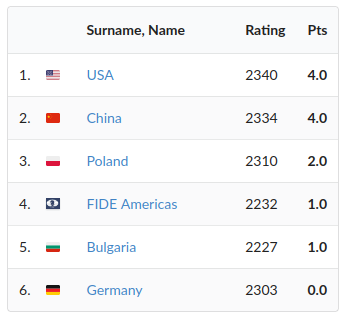
All games
Links





























